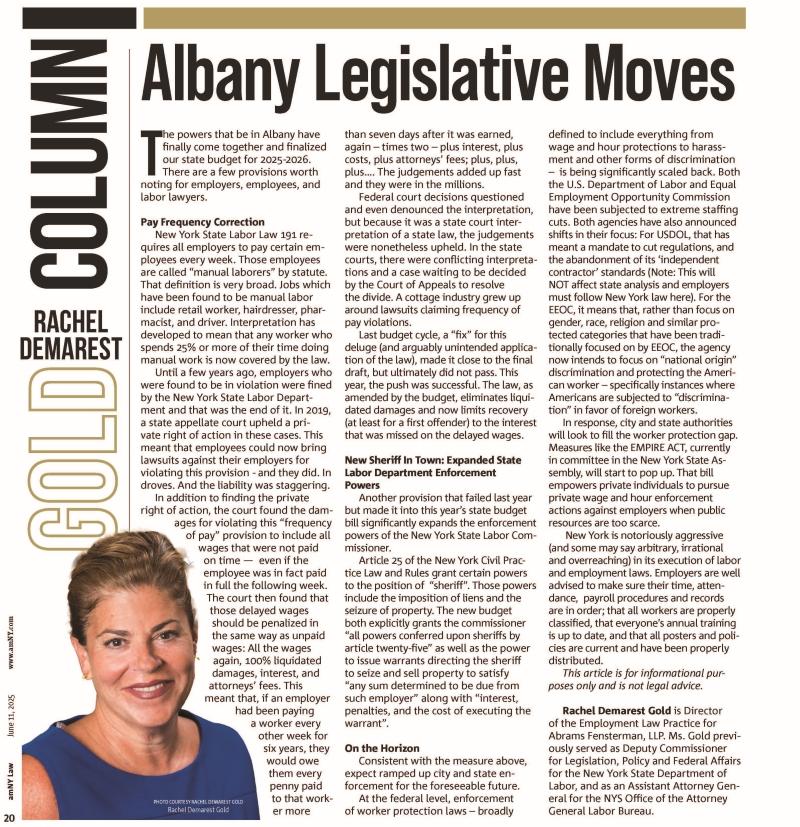Captive insurance companies seem to be all over the news lately as more and more individuals use this risk management tool for their businesses and professional practices. Recently The New York Times, The Wall Street Journal and The CPA Journal have all run articles on captive insurance companies.
Captive insurance companies are not new; they have been in existence in the United States since the 1950’s. In fact, there are over 5,000 captive insurance companies in existence today. The reason you are hearing more and more about them is because they are now being utilized by both small and mid-sized companies to control risk, reduce premiums, and create income tax savings. Historically, captives were only available to the largest companies in the world who could afford their set-up costs, their mandatory capitalization levels, and the strict requirements associated with running an insurance company (e.g., hiring actuaries, accountants and attorneys, etc.). As an example, when New York State first enacted its captive insurance law in 1997, a company had to be doing over $100 million in annual revenues to qualify. Today, the requirements have been liberalized dramatically and the government has actually developed incentives for business and professionals to create their own captive insurance company. In fact, since 2001, the IRS has issued multiple private letter rulings which have re-affirmed the validity of captive insurance companies in different industries – – the most recent one being addressed to the healthcare industry (Department of the Treasury, Private Letter Ruling # 201114015).
What is a captive insurance company? A captive is a licensed insurance company that a parent company sets up to help supplement some of its existing insurances. In most cases, it will not replace any existing insurance policies, but will be used to help manage the deductibles and exclusions under those policies. The key element with a captive is that the owner of the captive (i.e., the parent company) is the only entity that can make claims on the captive.
How does a captive insurance company help? No matter what industry you are in, roughly 80% of all claims are generated by 20% of the insured. Therefore, those businesses that have good claim records can prudently choose to raise their deductibles on existing policies in order to lower their overall premiums. The captive can then be used to insure the company’s higher deductible. It can also use other insurance techniques not related to their deductibles to control risk. As an example, an ob-gyn practice that was paying just under $800,000 per year for malpractice insurance for its physicians was able, by implementing a captive, to raise its deductible from zero to $200,000 (without having to switch carriers), thereby reducing its annual premium to just $134,000 (i.e., a 67% reduction in premiums). The new $200,000 deductible was then insured through the captive. The next year, the physicians decided to raise their deductible by an additional $100,000, and as a result, their annual premium dropped to just $24,500. This was a savings of close to $775,000 per year in premiums while still maintaining equivalent insurance coverage.
Who can benefit from a captive? Any business or professional practice that is profitable and wants to control its risks is a viable candidate.
What are the tax benefits of owning your own captive? In 2004, Section 831(b) of the Internal Revenue Code was added for captives. This section of the Code says that any captive insurance company with annual premiums of less than $1.2 million can elect to pay no income taxes on that premium income and only pay tax on its investment income. Example: A company sets up its own captive and writes $1million in premiums to this captive. The company gets to take a $1million tax deduction for the premiums it paid and the captive would pay no income taxes on the $1 million of premiums it received.
Who must approve the captive? The state where the captive is to be domiciled must approve the company to do business there. Some states (such as Vermont, Montana, and Nevada) are more liberal than others in this regard. However, more and more states are easing their regulatory requirements in order to compete more effectively for new “captive insurance company” business, especially because of a number of favorable private letter rulings which have recently been issued by the Internal Revenue Service with respect to captives and the favorable tax treatment they have been afforded.
Are there any other benefits from owning a captive? Yes there are. A captive is also a creditor-proof entity, so for those clients looking to protect assets, a captive can be a great tool. A captive can also help with estate planning as well. Since a captive must be established as a C corporation, various trusts can be established to the captive, thus avoiding estate taxes.
* * *





